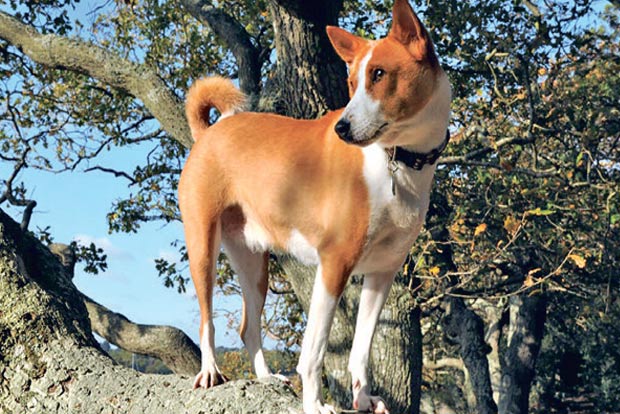Begin typing your search...
Creed of canines: Ancient dog DNA shows early propagation around the globe
Research on fossil canine genomes is expanding and producing some surprises about the lives of dogs and humans in prehistoric times. The most extensive study of ancient dog DNA to date has shown how rapidly dogs spread across the world after domestication, and pins their likely origin to a group of extinct wolves.

Chennai
The new report in the journal Science pushes ancient DNA studies of dogs to a new level, but raises as many questions as it answers. Until Thursday, scientists had published the genomes of only six ancient dogs and wolves. Now an international team of researchers has sequenced and analysed an additional 27 genomes of ancient dogs. David Reich, at Harvard University, who specializes in using ancient human DNA to understand migrations and population change, said the new research, “for the first time brings ancient DNA analysis of dogs to the kind of sophistication that exists with studies of humans” and other animals.
Among the new and sometimes puzzling findings: By 11,000 years ago, dogs had already diverged into five different lineages and spread worldwide. It is widely accepted that dogs were domesticated at least 15,000 years ago. The new study suggests, but doesn’t prove, that domestication probably began around 20,000 years ago.
Dogs probably evolved from an extinct form of wolf, yet to be identified. There is some disagreement among experts about the strength of this finding. Ancient dogs were much more diverse genetically than modern dogs. Four thousand years ago, European dogs had a wide genetic diversity that disappeared long before the Victorians started creating new breeds. All European dogs appear to have descended from one group of ancient European dogs, and the great modern diversity of dog shapes and sizes indicates an emphasis by breeders on certain very powerful genes.
The report involved a collaboration among many scientists, including Greger Larson at the University of Oxford, Pontus Skoglund and Anders Bergstrom at the Francis Crick Institute in London, and Laurent Frantz at Queen Mary University of London. The extraordinarily rich amount of information gathered from the 27 genomes provided many new perspectives on dog domestication and their association with humans. And, perhaps not surprisingly, interpretations of the findings varied.
Dr Reich, for example, described the new paper as “important and exciting,” and said that it “nailed” the single origin of dogs from one extinct wolf population. He also considered the research “a very strong refutation” of an earlier paper on which Dr Larson and Dr Frantz were authors that suggested two or more instances of domestication. “Nope!” Dr Larson wrote in an email. “The needle has been pushed toward single,” he said, since the new data is consistent with that idea. But there are still gaps in the available ancient genomes, so other possibilities remain.
Dr Skoglund said, “We cannot exclude that some of the dogs could have partially different origins/domestications (it is hard to exclude), but we see no evidence of it at the moment.”
Among the other findings, Dr Larson said he found it particularly intriguing that once dogs had become domesticated, and even while they were sometimes breeding with wolves, no new wolf DNA entered their genomes.
By contrast, pigs, for example, were brought to Europe by farmers from Anatolia. But the genes of those first domesticated pigs have been completely lost, replaced by the genes of wild European boars, even though the pigs stayed domesticated animals.
James Gorman is a science writer for NYT©2020
The New York Times
Visit news.dtnext.in to explore our interactive epaper!
Download the DT Next app for more exciting features!
Click here for iOS
Click here for Android
Next Story



